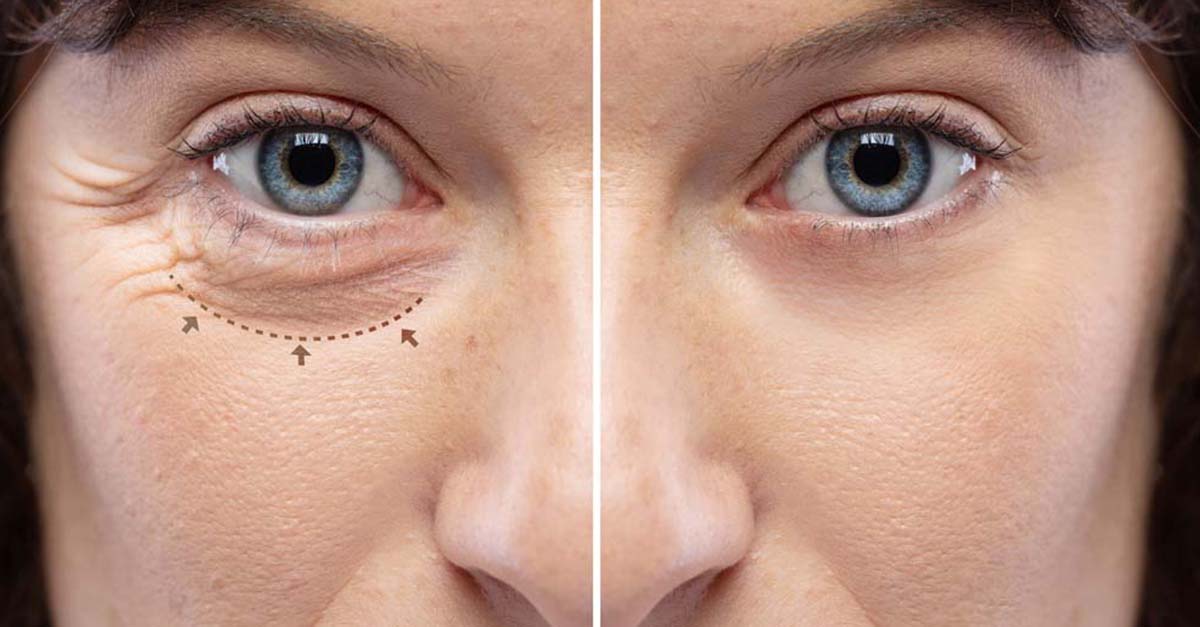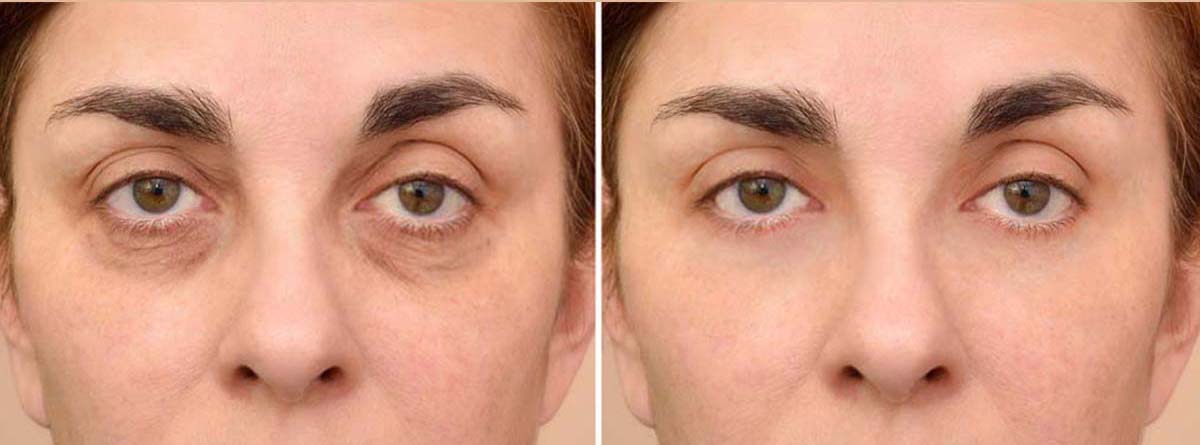Botox & Fillers
Botox & Fillers
Botulinum toxin is a protein which blocks nerve signals to weaken targeted muscles. In doing so, it helps soften and smoothen the appearance of lines and wrinkles and relaxes the muscles it is applied to. These properties of Botulinum toxin has many medical and cosmetic applications.
Dermal fillers contain ingredients that add fullness to areas that have thinned due to aging. This thinning is common in the cheeks, lips, and around the mouth.
What is Botox?

Botox is a purified form of the botulinum toxin type A, that is obtained from bacteria. Though it is deadly in larger amounts, the tiny, regulated amount of Botox given to correct wrinkles has been used safely for decades.
Botox Cosmetic, Dysport, and Xeomin are some of the brand names under which Botulinum toxin is marketed.
What can Botox correct?
Botox/ botulinum toxin is a very versatile treatment with a multitude of applications. In the face, it can be used for cosmetic purposes
- To soften and smoothen lines of facial expressions: The common areas for treatment are crows feet, Forehead lines and wrinkles, bunny lines, frown lines
- Lift a part of the face: it could be used for Brow lift or angle of the mouth
- Enhance or dampen certain facial expressions and features around the eyes, nose and mouth
- Improve symmetry It can also be used to treat certain conditions of the eye
- Hemifacial spasms
- Blepharospasm
- crocodilo tears
- in Corneal ulcers, to induce chemical ptosis
- Squint
Fine lines and wrinkles caused by sagging or loss of plumpness in the face may not be amenable to treatment with botox, or botox alone. These are known as static wrinkles. Static wrinkles include lines in the cheeks, neck, and jowl areas. Fillers are particularly effective at smoothening deeper lines and folds, sometimes used along with botox.
What are the possible side effects and considerations while undergoing Botox treatment?
Botulinum toxin injections, when Possible side effects of Botox include:
- drooping of the eyelid or brow if injected near the eye
- weakness or paralysis of nearby muscles
- hives, rashes, or itching
- pain, bleeding, bruising, swelling, numbness, or redness
- headache
- dry mouth
- flu-like symptoms
- nausea
- trouble swallowing, speaking, or breathing
- gallbladder problems
- blurry vision or vision problems
The treatment may also fail to work due to antibodies that fight the toxin. This happens in less than 1 percent of people who have repeated Botox treatments.
What are dermal fillers?

Dermal fillers, sometimes called soft tissue fillers, are substances designed to be injected beneath the surface of the skin to add volume and fullness.
Substances used in dermal fillers include:
- Calcium hydroxylapatite, which is a mineral-like compound found in bones.
- Hyaluronic acid, which is found in some fluids and tissues in the body that add plumpness to the skin.
- Polyalkylimide, a transparent gel that is compatible with the body.
- Polylactic acid, which stimulates the skin to make more collagen.
- Polymethyl-methacrylate microspheres (PMMA), a semi-permanent filler
Each one of these is designed to treat different signs of aging or other cosmetic issues.
The time they take to work, as well as how long they last, also vary. Some fillers last 6 months, while others last up to 2 years or longer.
People should discuss their individual needs and expectations with their doctor to determine what filler would be the best choice for them.
What can dermal fillers correct?
Different types of dermal fillers are designed to treat varying signs of aging. Depending on the filler selected, they may:
- plump up thinning lips
- enhance or fill in shallow areas on the face
- decrease or remove the shadow or wrinkle under the eyes caused by the lower eyelid
- fill in or soften the look of recessed scars
- fill in or soften static wrinkles, especially on the lower face
Static wrinkles include those around the mouth and along the cheeks. These wrinkles are usually a result of a loss of collagen and elasticity in the skin.
Dermal filler risks and considerations
Dermal fillers are considered to be safe but side effects can occur. The most common problems include:
- skin rash, itching, or pimple-like eruptions
- redness, bruising, bleeding, or swelling
- undesirable appearance, such as asymmetry, lumps, or overcorrection of wrinkles
- skin damage that causes a wound, infection, or scarring
- ability to feel the filler substance under the skin
- blindness or other vision problems
- death of skin cells due to loss of blood flow to the area
